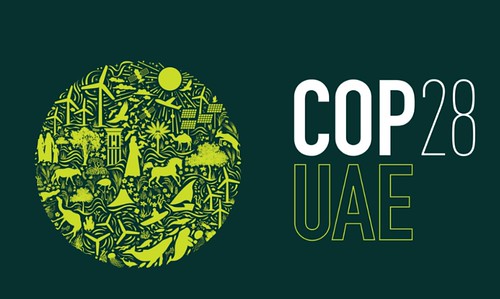An Eye on the Sky
An Eye on the Sky (PIP #11)
By Louise Peloquin
As winter looms, we wonder how snowy and cold the season will be. There was no “Weather Channel” or “Weather Radar” app a hundred years ago. Nonetheless, L’Etoile‘s readership obtained meteorological news. Surely, Lowell’s Franco-Americans studied the crystal ball in the sky whether they had read Luke Howard’s 1803 “Essay of the Modifications of Clouds” or not. (1) Scanning cirri, cumuli, strati and nimbi has always fascinated. Perhaps that explains why exchanges about the weather top the small talk ranking?

Climate has increasingly taken center stage on the international scene. Consequently, in the wake of COP 28 (2), let us look back at a couple of stories published over a hundred years ago.
*********

L’Etoile – January 3, 1917
Last year was rainy
According to the figures compiled by the Lock and Canal Company, more rain fell in 1916 than the average for the last 61 years, calculated at 44.719 inches. 1916 precipitation reached 17.071 inches.
Last year’s rainiest month was June with 7.193 inches.
*********
L’Etoile – January 4, 1917
What will this winter be?
The profession of weather prophet is not as easy as it looks. That is because meteorological conditions are seldom the same in different countries, even neighboring ones.
We now know, from many years of statistics, that the rigorous European winter rarely exists.
The great Gulf Stream current constitutes a closed loop whose trace limits movements of depression to the north and to the south.
The interior of the loop is characterized by high pressure surfaces, therefore by areas of clement weather which bring the cold of winter.
But these cold surfaces rarely hold onto all of Europe. Would you like the proof? Last year, I had said that our winters had the tendency of becoming more rigorous. Hence, what happened? In western Europe, the winter was normal, but all of eastern Europe experienced an exceptionally rigorous winter. Extreme temperatures were noted in Russia, in Romania and even in Thessaloniki. It could be that his year the pole of cold could move in the opposite direction and that we, in turn, could experience rigorous conditions and temperatures.
The person who, at the present time, can predict these atmospheric movement conditions would allow meteorological sciences to take a big step ahead.
We have not yet reached that point but it seems that it is already interesting to know that we are going towards climate conditions which will fatally bring our countries rigorous winters during the next few years.
“A good warning is worth two” (3) and, if knowing is predicting, we shall do like the industrious ant and we will be on our guard.
Abbé Th. Moreux, Director of the Bourges Observatory in France
*********
Before closing this PIP, perhaps we could ask why a local newspaper would publish a French abbot’s story about winters across the pond? The date of publication – January 4, 1917 – offers an explanation. PIP’s 8, 9 and 10 (posted on November 14, November 28 and December 5) present young Franco-Americans’ involvement in World War 1. Families left behind in Lowell and all across New England were certainly trying to visualize their loved ones many challenges whilst fighting for freedom so far away from home.
- British manufacturing chemist and amateur meteorologist Luke Howard (1772-1864), called “The Godfather of Clouds,” presented a nomenclature system for clouds in his 1802 presentation to London’s Askesian Society, a debating club for scientific thinkers.
- COP is an international climate meeting held each year by the United Nations. COP is short for “Conference of the Parties,” meaning the countries who joined the international treaty called the U.N. Framework Convention on Climate Change negotiated in 1992. Countries take turns hosting the annual meeting at which government representatives report on progress, set goals and negotiate policy. COP 28 was held in Dubai, UAE from November 30 to December 12,
- Equivalent to the French proverb “Un bon averti en vaut deux.”